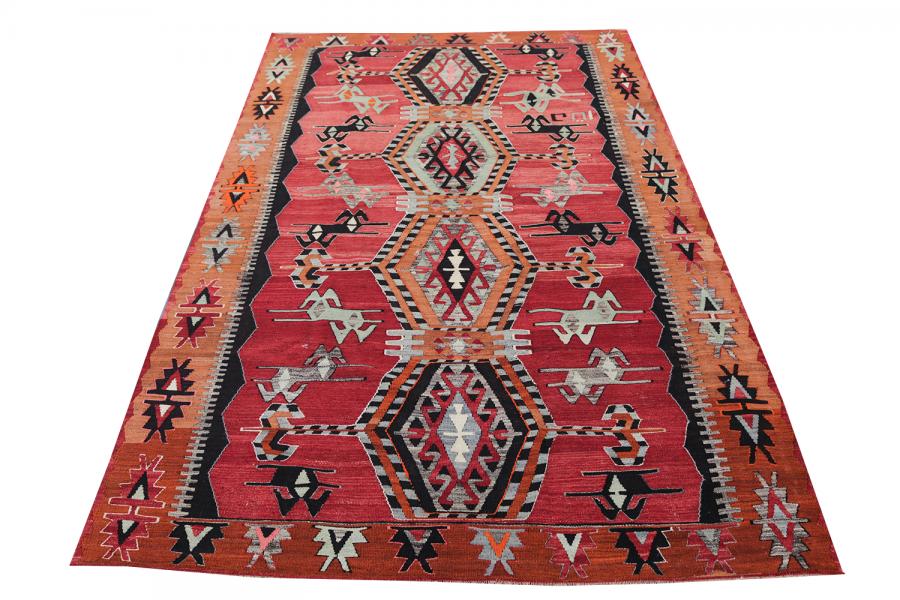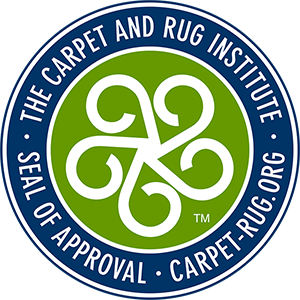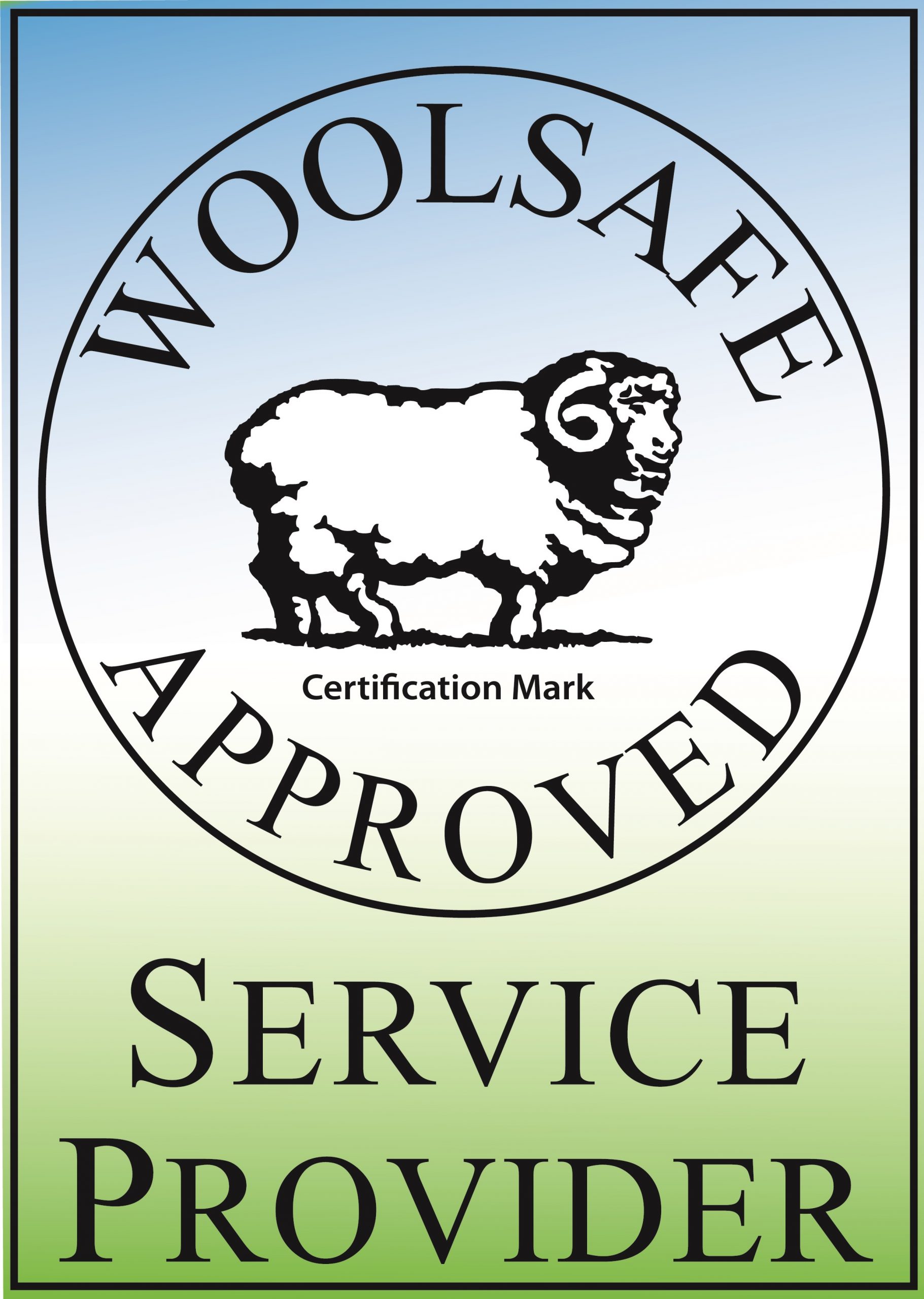
Kilim Persian Area Rugs – The Best Choice in SW Florida
How To Identify A Kilim Rug
Kilims rugs are flat rugs that have no pile; they originate from different parts of the world, including Iran, Pakistan, Turkey, and eastern European countries. Kilims are unique types of rugs because of their history, varied usage, and long tradition.
Traditional kilims are made using only natural fibers: wool, cotton, silk, hair.
Because kilims have no pile, they require less labor and materials to produce. In addition to that, a flat weave rug is also more affordable compared to hand-knotted rugs. Its unique texture feels relaxing when walking on it barefoot, while its practical uses include being lightweight and can be easily moved in and out of an area or stored away when not in use. Maintenance is also not a problem because there are no piles that catch up dirt and dust, and of course, there is no shedding. A flatweave rug considered to be of high quality because it is handmade.
Three different types of Kilim rugs
Often people use the word kilim to refer to any type of flat woven rug. However, that’s not entirely correct.
Kilims may be differentiated according to their place of origin: their identity is more about the demographic of the people who created the rug rather than the fact that they are “flat weave” in construction.
Tribal kilims
Tribes weave tribal kilims. The materials used to weave tribal Kilims are 100% derived from nature and represents part of the daily routine of the tribe’s rug making group.
Kilims are either made for domestic purposes or for earning money. Domestically kilim rugs are used for tablecloths, bedsheets, rugs, and also as a covering for tents. Tribal kilims share some common characteristics. For example, they are not excessively large since the makers must transport their looms.
There are some kilim patterns that reflect the shapes of natural elements, while others derive from superstition. Aa kilim is also a form of a photograph, and the designs or motifs can tell a story.
Another interesting fact about kilims is that most are not perfect. They may be quite irregular in shape. The asymmetry and the less-than-perfectly matched colors give them a distinct character. It’s all part of their individual appeal.
Regional Kilims
Regional kilims rugs are woven according to the weaving technique of a specific group. Regional kilims are typically made in workshops and are of very high quality. Their designs evolve and change over the years, often showing the influence of tribal designs. There is a clear distinction between workshop-designed kilims that are inspired by tribal production and those that are not.
Contemporary workshop kilims
Contemporary kilims are created using traditional weaving patterns along with contemporary designs that are profitable in western markets. These types of kilim are mainly produced in North Africa, Afghanistan, the Balkans, and China.
Oriental Rug Salon provides hand-washing, repair, appraisals, restoration, and storage of all area rug types. Our services are frequently referred by some of our regions leading restoration companies, area rug dealers, interior designers, floor covering specialists, and thousands of satisfied clients.
Oriental Rug Salon is a Certified Partner with the prestigious Carpet & Rug Institute (CR)). We are also A+ Rated with the Better Business Bureau and a seven-year-in-a-row-winner of the coveted Angie’s List Super Service Award.
For more information on Oriental Rug Salon and the services we offer, please visit us online at www.OrientalRugSalon.com or give us a call anytime at 239-424-8171.
You can also visit us on our Facebook Page at https://www.facebook.com/OrientalRugSalon



